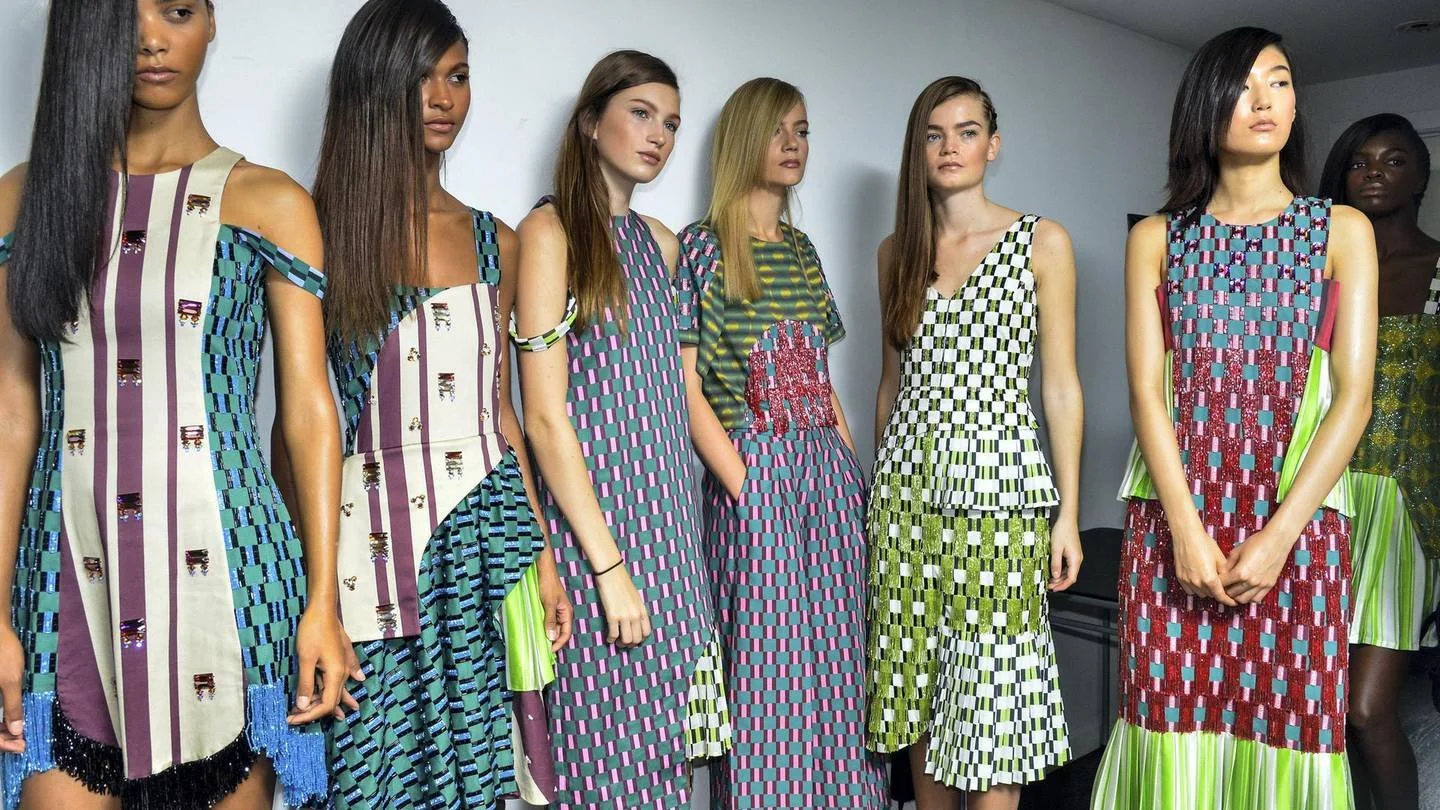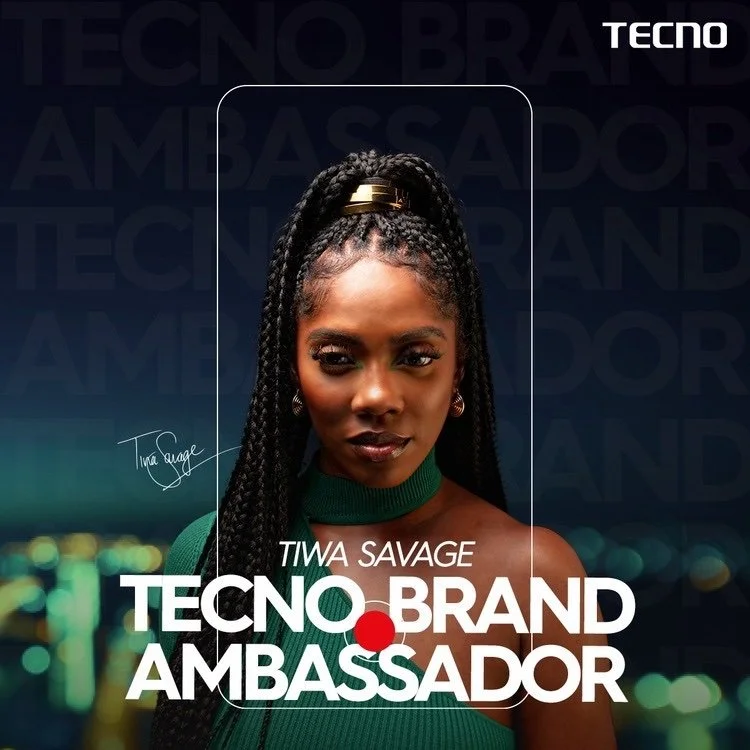Africa Fashion: ‘Africa is still portrayed as a place of lack – but it’s full of unbounded creativity’
Often imitated yet long underappreciated, African designers have watched from afar as their flair and imagination has had a far-reaching social influence on the fashion world. Dazzling retrospectives for Christian Dior, Alexander McQueen and Dame Mary Quant have drawn hundreds of thousands of people, but rarely have black designers and African creatives had their culture and style represented on such a major scale.
Now the wait is almost over. After two years of planning, an international call-out for clothes by cult designers and experimental curation showcasing unfiltered creativity, the landmark Africa Fashion exhibition at London’s Victoria and Albert Museum is here. Ground-breaking and immersive, it is the most extensive exhibition of African fashions to date and one of the largest of its kind staged in the UK.
“African fashion designers, stylists and photographers are changing the shape of fashion and pushing the boundaries of what creativity can be,” says Dr Christine Checinska, senior curator African and African diaspora: textiles and fashion at the V&A.
“The innovation on the continent made us say, ‘We can’t ignore this.’ It felt like the right time to celebrate that – and understand why African creatives are having an impact.”
Over two floors, Dr Checinska and project curator Elisabeth Murray have spotlighted design talent from all corners of the continent through stunning couture pieces, daring ready-to-wear garments, textiles, personal histories, fashion film and catwalk footage. Among more than 250 objects on show are made-to-order ensembles by local dressmakers, kente, adire and barkcloth from the V&A’s collection, and donated items from personal archives.
Post-war design pioneers such as Nigerian-born Shade Thomas-Fahm, regarded as the country’s “first modern fashion designer”, and Mali’s Chris Seydou, known for his experimental bògòlanfini garments, feature in the 20th-century section on the ground floor.
Meanwhile, on the mezzanine, contemporary fashion is represented by the likes of Paris-based Cameroonian couturier, Imane Ayissi, who opens the show with a “silk piece with Cameroonian raffia”
Post-war design pioneers such as Nigerian-born Shade Thomas-Fahm, regarded as the country’s “first modern fashion designer”, and Mali’s Chris Seydou, known for his experimental bògòlanfini garments, feature in the 20th-century section on the ground floor.
Meanwhile, on the mezzanine, contemporary fashion is represented by the likes of Paris-based Cameroonian couturier, Imane Ayissi, who opens the show with a “silk piece with Cameroonian raffia”.
“I feel he is an elegant activist,” Dr Checinska says. “Imane talks about cultural mixing. He wants to be part of the couture system and is bringing the continent with him. He’s got his foot by the door and left it open.”
South African womenswear designer Thebe Magugu is among rising stars featured in 'Africa Fashion' at the V&A (Photo: Tatenda Chidora)
South African womenswear designer Thebe Magugu is among rising stars featured in ‘Africa Fashion’ at the V&A (Photo: Tatenda Chidora)
Among the rising stars taking their place in the exhibition are Ami Doshi Shah, the Kenya-based applied artist and jeweller who works with semi-precious and locally sourced materials, and South African womenswear designer Thebe Magugu. He scooped the prestigious LVMH prize in 2019 and his bold designs have been worn by the Barbados-born musician Rihanna and Bafta-winning actor Thandiwe Newton.
Dr Checinska welcomes these forward-thinking, enterprising artists who are creating work on their terms. “There is a narrowing of what Africans are or can be,” she says. “Too often, anything a creative black person creates has got to be tied to issues; some people just want to make beautiful clothes. We’re in a moment where African creatives are using their voices and agency to say: ‘This is me. This is my practice. This is who I am.’”
Curating an exhibition with talent from 54 countries across two floors is no easy feat. After all, there are many ways to be black, African and fashionable. How did Dr Checinska capture the style and spirit of the continent in limited space? By taking a “corners of the continent approach while maintaining a sense of abundance”, she explains. In total, “about 25” nations are represented.
“Whether it’s Morocco or South Africa, Ghana or Kenya, we wanted to break down those old colonial boundaries and recognise the fashion scene across the continent is buzzing in countries that perhaps you wouldn’t first imagine,” she says.
“I felt it was important because, often, when we watch news reports about the continent, Africa is still portrayed as a place of lack. Before I put pen to paper, I knew whatever story we told it would be one of unbounded creativity. Then the rest followed.”








